Unleash Your Car’s Beauty: Paintless Dent Repair Results

Paintless dent repair services revolutionize vehicle restoration by offering a non-invasive techniqu…….
Welcome to an in-depth exploration of the innovative world of paintless dent repair services, a game-changing approach to restoring damaged vehicle bodies without traditional painting methods. This article aims to equip readers with a comprehensive understanding of this rapidly growing industry, its impact on the automotive sector, and the numerous benefits it offers both businesses and consumers worldwide. By delving into various aspects, from technical intricacies to global adoption, we will uncover the significance and potential of paintless dent repair in shaping the future of automotive care.
Definition: Paintless dent repair (PDR) is a specialized technique used to remove dents, dings, and creases from vehicle bodies without the need for repainting or re-coating. This non-invasive method has gained immense popularity as an eco-friendly and cost-effective alternative to conventional body shop repairs.
Core Components: PDR involves several key steps:
Assess and Plan: Technicians inspect the damaged area, assessing the extent of the dent and deciding on the best repair strategy.
Clamping: A specialized tool, known as a clamp or drag-breaker, is used to secure the repair tool firmly over the dented panel.
Activating the Repair Tool: The technician operates a PDR machine, which applies precise force to the clamped area, slowly and gently pushing out the depressed metal back to its original shape.
Finishing Touches: Once the dent is eliminated, the repaired area is buffed to match the surrounding paintwork, ensuring an invisible repair.
Historical Context: The roots of PDR can be traced back to ancient times when blacksmiths used simple tools to hammer out dents from metal objects. However, the modern PDR technique emerged in the late 20th century as a response to the growing demand for faster and more cost-effective vehicle repairs. The early methods involved hand tools, but technological advancements have since led to the development of sophisticated machinery, enhancing precision and efficiency.
International Influence: Paintless dent repair services have transcended geographical boundaries, becoming a global phenomenon. Its popularity has spread across North America, Europe, Asia-Pacific, and emerging markets due to several factors:
| Region | Key Factors Contributing to PDR Adoption |
|---|---|
| North America | Stricter environmental regulations promoting eco-friendly practices, high car ownership rates, and an established network of trained technicians. |
| Europe | Stringent safety standards requiring minimal paint alteration, growing awareness of cosmetic repairs, and a mature automotive service industry. |
| Asia-Pacific | Rapid motorization, increasing disposable incomes, and a preference for quick, convenient repairs in densely populated areas. |
| Emerging Markets | Rising middle class with a desire for well-maintained vehicles, limited access to traditional body shops, and a growing need for affordable repair solutions. |
Trends Shaping the Industry:
Digitalization: The integration of digital technology has revolutionized PDR, enabling accurate damage assessments, efficient scheduling, and remote training for technicians.
Mobile Services: On-demand mobile PDR services are gaining traction, providing convenience to customers by offering repairs at their locations or along highways.
Specialized Tools: Continuous technological advancements have led to the development of more sophisticated repair tools, improving precision and reducing repair times.
Eco-Friendly Focus: With growing environmental consciousness, eco-friendly PDR practices are in demand, minimizing waste and the carbon footprint associated with traditional repainting.
Market Dynamics: The global paintless dent repair services market has experienced substantial growth over the past decade, driven by various economic factors:
Increasing Motorization: Rising vehicle ownership rates worldwide have led to a corresponding increase in demand for automotive repair and maintenance services.
Cost Efficiency: PDR offers significant cost savings compared to traditional painting methods, making it an attractive option for both businesses and consumers.
Environmental Factors: Stringent environmental regulations and consumer preferences for eco-friendly solutions are driving the market’s growth.
Investment Patterns: The industry attracts investments from various sources:
Automotive Manufacturers: Original Equipment Manufacturers (OEMs) invest in PDR technology to enhance after-sales services and improve vehicle aesthetics.
Startups and Franchises: Entrepreneurial ventures and franchise models are emerging, capitalizing on the growing demand for mobile and specialized repair services.
Venture Capital: Investors are showing interest in PDR startups, recognizing their potential to disrupt the traditional automotive service industry.
Economic Impact: Paintless dent repair services contribute to economic systems in several ways:
Job Creation: It generates employment opportunities for skilled technicians, creating a specialized workforce within the automotive sector.
Revenue Generation: The market’s growth translates into increased revenue for businesses, fostering innovation and expansion.
Reduced Insurance Claims: By encouraging drivers to opt for PDR over traditional repairs, insurance companies can potentially reduce claim costs associated with vehicle damage.
PDR Tool Evolution: The technological landscape of paintless dent repair has witnessed remarkable transformations:
Hydraulic and Pneumatic Tools: Early PDR tools relied on hand operation or simple hydraulic systems. Modern machines utilize advanced pneumatic technology, offering improved control and precision.
Smart Sensors and Cameras: Integrated sensors and cameras enhance damage assessment accuracy, allowing technicians to capture detailed images for documentation and repair planning.
Artificial Intelligence (AI): AI algorithms are being leveraged to automate certain aspects of PDR, such as dent measurement and repair pattern prediction, increasing efficiency and reducing human error.
Impact on Repair Quality: Technological advancements have resulted in:
Enhanced Precision: Modern tools enable technicians to make microscopic adjustments, ensuring repairs that match the vehicle’s original factory finish.
Faster Repair Times: Continuous technological improvements have significantly reduced repair durations, making PDR a more convenient option for customers.
Improved Safety: Advanced machinery incorporates safety features, minimizing the risk of injury to technicians during complex repairs.
Future Potential: The future holds immense potential for PDR technology:
Virtual Reality (VR) Training: VR simulations can revolutionize technician training, providing immersive learning experiences and reducing on-the-job errors.
Robotic Assistance: Collaborative robots (cobots) could be integrated into PDR workshops, handling repetitive tasks and enhancing efficiency.
Quantum Computing: While still speculative, quantum computing could potentially revolutionize material science, enabling the development of advanced repair materials with enhanced properties.
Key Policies and Regulations: The regulatory landscape surrounding paintless dent repair services varies across jurisdictions but generally includes:
Occupational Safety and Health Standards: Ensuring technician safety during repairs, including training, personal protective equipment, and ergonomic considerations.
Environmental Protection Laws: Regulating the disposal of automotive waste, such as damaged panels and paint, to minimize environmental impact.
Consumer Protection: Protecting consumers from fraudulent practices and ensuring repair quality through licensing and certification programs.
Legislative Frameworks: Several countries have implemented specific legislation or guidelines for PDR:
North America: The National Institute of Automotive Service Excellence (ASE) offers specialized certifications for PDR technicians, setting industry standards.
Europe: The European Union’s REACH Regulation requires manufacturers to register and evaluate the safety of chemicals used in automotive repair, including PDR processes.
Asia-Pacific: In some countries, local automotive associations provide guidelines and training programs for PDR, ensuring quality and consistency.
Main Challenges:
Skill Shortage: The highly skilled nature of PDR technician work has led to a shortage of qualified professionals, creating a demand for comprehensive training programs.
Reputation among Traditional Body Shops: Some traditional body shops and customers perceive PDR as less reputable or durable compared to conventional repairs, challenging the industry’s growth.
Limited Access to Specialized Tools: High-quality PDR tools can be expensive, making it challenging for smaller businesses to invest in the latest technology.
Criticisms and Solutions:
Durability Concerns: Critics argue that PDR repairs might not last as long as traditional painting. To address this, industry leaders promote the use of high-quality materials and advocate for ongoing quality control measures.
Training Standardization: The lack of standardized training has been a point of criticism. Implementing comprehensive certification programs can ensure technician proficiency and enhance the industry’s reputation.
Regulatory Compliance: Keeping up with changing regulations, especially in environmental compliance, poses challenges. Continuous communication between industry associations and regulatory bodies is crucial to ensure businesses remain compliant.
Case Study 1: Mobile PDR Revolution in Urban Areas
Location: New York City, USA
Challenge: Increasing traffic congestion and limited workshop space prompted the emergence of mobile PDR services.
Solution: A startup company, “Urban Fix,” introduced a fleet of fully equipped vans, allowing technicians to provide on-site repairs at customer locations or in parking lots.
Outcome: Urban Fix experienced rapid growth, attracting customers with its convenience and flexibility. The business model demonstrated the potential for PDR to thrive in densely populated urban environments.
Case Study 2: Eco-Friendly Initiative in Europe
Location: Berlin, Germany
Initiative: “Green Repair” is an eco-conscious PDR company that utilizes environmentally friendly tools and materials, minimizing waste generation.
Strategy: They partnered with local car dealerships to offer PDR as a preferred repair option for minor damage, promoting sustainability within the automotive industry.
Impact: Green Repair successfully raised awareness about eco-friendly automotive repairs, inspiring similar initiatives across Europe and beyond.
Case Study 3: Disaster Relief in Natural Disasters
Scenario: Hurricane Season, Caribbean Region
Solution: Following natural disasters, PDR technicians played a crucial role in restoring damaged vehicles quickly, aiding in disaster relief efforts.
Benefits: The rapid repair capabilities of PDR ensured that affected communities had functional transportation options, contributing to post-disaster recovery.
Emerging Trends:
Sustainable Materials: The industry will likely see a greater adoption of eco-friendly materials and tools, aligning with global sustainability goals.
AI Integration: AI is expected to play a more significant role in damage assessment, repair pattern optimization, and predictive maintenance.
Remote Support: With advancements in digital technology, remote support and consultation services for PDR technicians could become commonplace.
Growth Areas:
Automotive Aftermarket: PDR services will continue to grow in the aftermarket, catering to individual vehicle owners seeking cost-effective repairs.
Fleet Management: Commercial fleet operators are expected to embrace PDR for its efficiency and reduced downtime, leading to increased adoption in the commercial sector.
Strategic Considerations:
Training and Certification: Ongoing training programs will be essential to keep up with technological advancements and maintain industry standards.
Partnerships and Collaborations: Industry stakeholders should foster partnerships to drive innovation, share best practices, and address regulatory challenges collectively.
Digital Transformation: Embracing digital technologies will be crucial for improving service efficiency, customer engagement, and data-driven decision-making.
Paintless dent repair services have emerged as a dynamic and innovative force within the automotive industry, offering efficient, eco-friendly, and cost-effective solutions for vehicle damage repairs. From its humble beginnings to its current global prevalence, PDR has proven its worth, addressing the evolving needs of drivers and the automotive sector as a whole.
As technology continues to advance and consumer preferences shift towards sustainability and convenience, paintless dent repair is poised to play an even more significant role in shaping the future of automotive care. The industry’s potential for growth, coupled with its ability to address environmental and economic challenges, ensures that PDR will remain a game-changer for years to come.
Q: Is paintless dent repair more durable than traditional painting?
A: When performed by skilled technicians using high-quality materials, PDR repairs can be just as durable as traditional repainting. However, the longevity depends on various factors, including the extent of damage and environmental conditions. Regular maintenance and proper care are essential for optimal results.
Q: How does PDR compare to traditional body shop repairs?
A: Paintless dent repair offers several advantages over conventional methods, including faster repair times, reduced downtime for vehicle owners, and minimal environmental impact due to the elimination of paint and solvents. It also provides cost savings without compromising on aesthetics.
Q: Can PDR be used for all types of vehicle damage?
A: While PDR is highly effective for minor dents, dings, and creases, it might not be suitable for extensive panel damage, collision repairs, or vehicles requiring major structural work. In such cases, traditional body shop repairs are more appropriate.
Q: How can I find a reputable paintless dent repair service?
A: Look for certified technicians or companies with positive reviews and a proven track record. Reputable businesses should offer guarantees, provide detailed assessments, and use high-quality tools and materials. Always inquire about the company’s training programs and adherence to industry standards.

Paintless dent repair services revolutionize vehicle restoration by offering a non-invasive techniqu…….
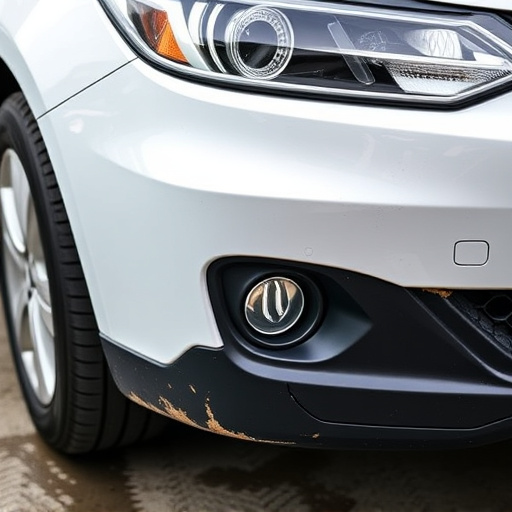
Paintless dent repair (PDR) is a non-invasive technique using specialized tools to restore damaged v…….
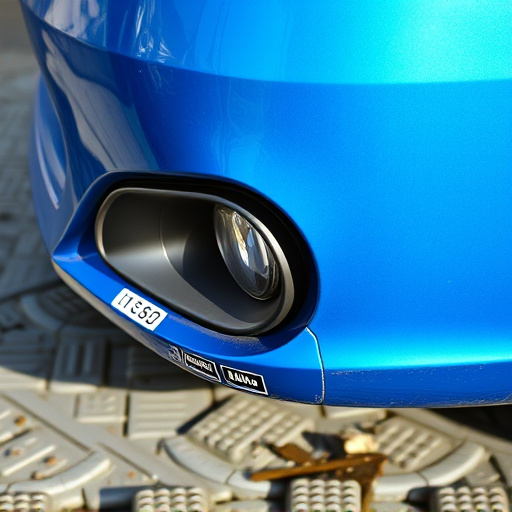
Paintless dent repair services (PDRS) are transforming automotive collision repair with eco-friendly…….
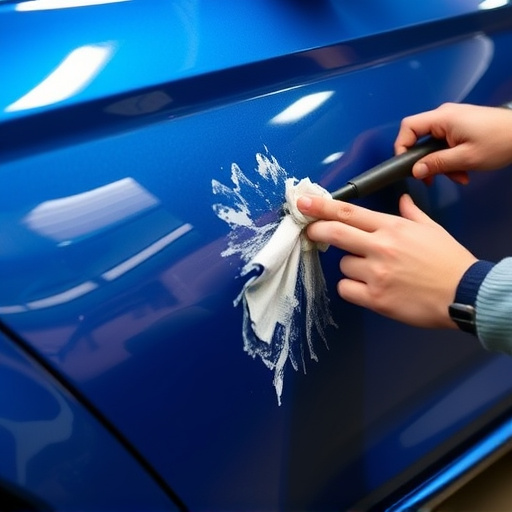
Paintless dent repair services transform automotive aesthetics by expertly mending dents and scratch…….
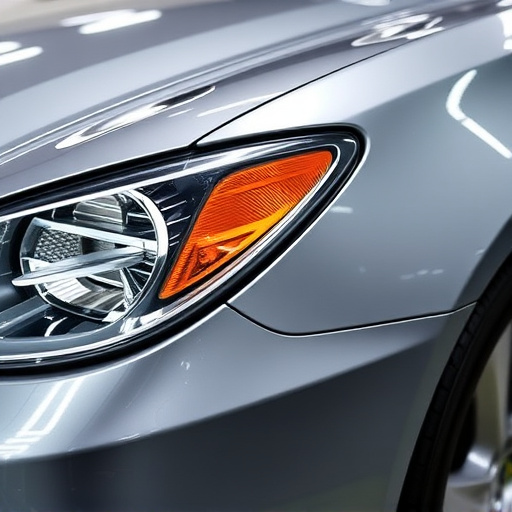
Commercial fleet managers benefit from paintless dent repair services for efficient, cost-effective,…….
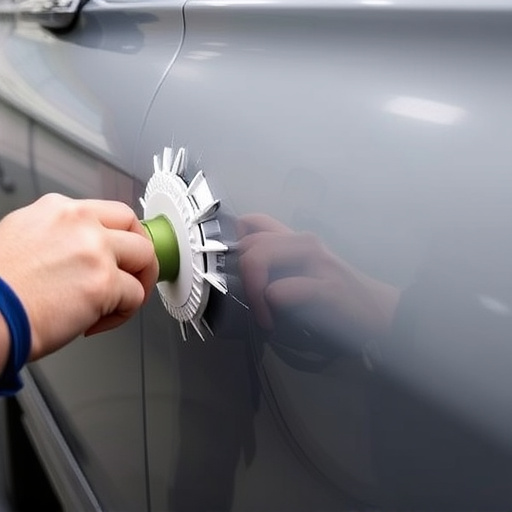
Paintless dent repair services use specialized tools and techniques to fix car dents without paintin…….

Paintless dent repair services leverage specialized tools to gently push out dents without damaging…….
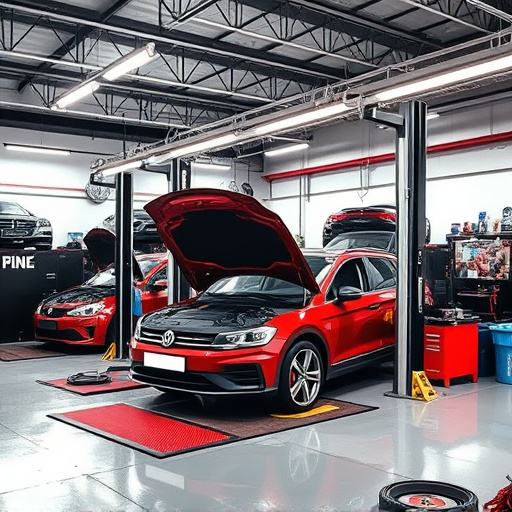
In a competitive auto service industry, certifications are crucial for paintless dent repair service…….
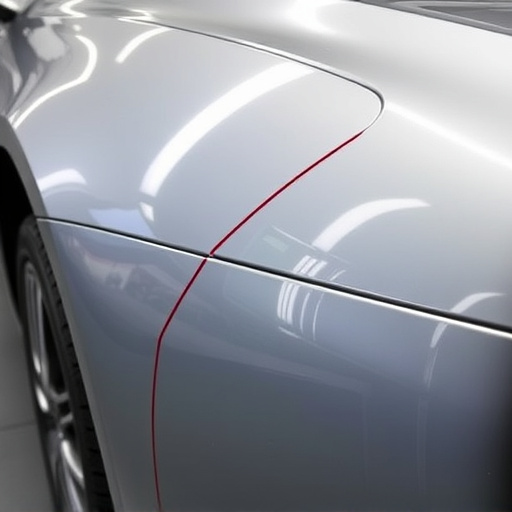
Paintless dent repair (PDR) is a cost-effective, minimally invasive method for removing minor dents…….